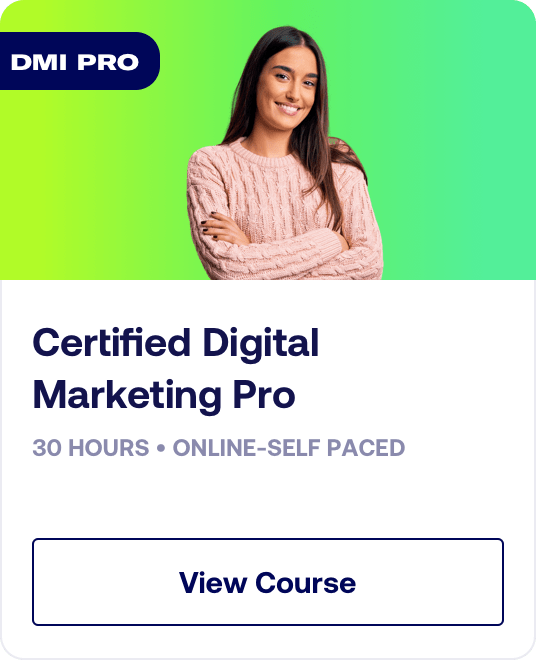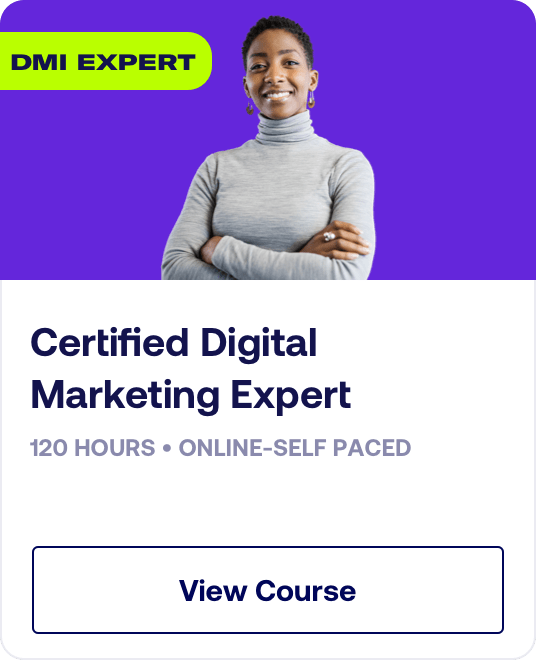Digital Marketing - Study Notes:
Conducting social media research
Before developing a social media strategy, it's important to conduct research to learn as much relevant information as possible. Who are your target audience? What social media channels are they active on? What types of content are most effective on those channels? What enhanced features do those channels offer? What types of content does your audience engage with? What time of day proves most effective for posting content? How do your competitors use these social media channels? To answer these and similar questions, you must do your research!
Types of research
Research can take many forms.
Owned research
It could be owned research, which is research that your company has already carried out.
This could be data from previous social media campaigns. Or it could be white papers and other analyses that you have published.
Desk research
The research could be desk research. Indeed, this is what most people think of when they think about research. This basically involves sitting at your desk and going online, reading books, analyzing reports, studying graphs, and so on. Unlike owned research, this is third-party information that could guide your own social media strategy.
Audience research
Another very important type of research is audience research. As with all marketing, when deploying social media marketing, it’s important to understand your target audience. Who are they? What segments can they be divided into? What products or services are they interested in? What’s their budget? And crucially, in the context of your social strategy, what social media channels are they active on? By answering these questions, you’ll be able to develop audience personas and create social media content that will appeal to these personas.
In this example, you can see the types of information you might want to look at when researching your audience.
The core segment differentiators provide us with geo-demographic information. These types of variables are mirrored on all social channels and are likely to be a key component of any internal CRM database.
Most businesses will also use purchasing and website behavior to learn more about their important audiences. Additional information can also be gleaned by examining customer feedback and conducting offline research.
Social media allows us to add contextual and emotional information to our segment understanding. In real time we can see what our audience cares about, how they feel, and what type of content is most likely to generate conversation and sharing.
Competitor research
As well as understanding your audience, you need to understand your competitors. So when developing your own social strategy, be sure to research your competitors’ social strategies also. What types of content do they post? How often do they post?
What did of engagement do they get? Can you see any correlation between their social media activity and their overall business performance? While you should avoid mimicking a competitor’s social strategy, competitor research should give you a good sense of what works well in your market.
Social media research
You can also use social media itself to do research for your social strategy. For example, you could use social media to recruit people to research. Or you could post polls and questionnaires to gather data about your followers. You might also use audience listening to identify trends among your followers, such as recurring issues that concern them, general audience sentiment towards your brand, and the times they are most active on social media.
For example, a tool like Talkwalker helps you understand what is important to your audience. This social listening tool combines data from multiple data sources and can provide some very useful insights.
For example, this chart shows an output from Talkwalker visualizing the areas of interest that airline customers are most concerned about.
Using this information, you could dig further to see which channels were used for these conversations.
For example, if food and drinks were discussed most on Instagram, you might increase the amount of content promoting the quality and range of your airline’s food and drink offering on that channel.
Organizing your research
Having conducted your research, you need to collate it. As with any data, your next step is to analyze the information and develop insights. This involves identifying key trends and patterns in order to discover the biggest opportunities and routes to take with your audience. Then not only do you know what the research says – you know what it means.
Having gathered your insights, write a brief that details every piece of information gathered to date. This brief can guide you as you start to build your strategy.
The brief should highlight the research insights that will drive your strategy. For example, the brief might inform which elements you should specifically focus on in your strategy. If you know that videos generate high levels of engagement among your followers, then you know that video development needs to be an important part of your strategy.
When structuring the brief, you could organize the insights along the phases of strategy development: planning; setting objectives; conducting research; building and executing the strategy; and measuring strategy performance.
Although the data should be thorough, you might want to summarize the key research insights into a concise document (such as a playbook). This resource could then become as a how-to guide for operating social media channels, making it easier for you to build a strategy.
Back to TopJulie Atherton
Julie is an award-winning digital strategist, with over 30 years’ experience. Having worked both agency and client-side, she has a wealth of knowledge on delivering marketing, brand and business strategy across almost every sector. In 2016, Julie set up Small Wonder. Drawing on her past experience, she now supports a wide range of businesses, from global brands, to educational organisations and social enterprises.She is the author of the book, Social Media Strategy which was a top read chosen by Thinkers360. You can find her on X and LinkedIn.

Clark Boyd
Clark Boyd is CEO and founder of marketing simulations company Novela. He is also a digital strategy consultant, author, and trainer. Over the last 12 years, he has devised and implemented international marketing strategies for brands including American Express, Adidas, and General Motors.
Today, Clark works with business schools at the University of Cambridge, Imperial College London, and Columbia University to design and deliver their executive-education courses on data analytics and digital marketing.
Clark is a certified Google trainer and runs Google workshops across Europe and the Middle East. This year, he has delivered keynote speeches at leadership events in Latin America, Europe, and the US. You can find him on X (formerly Twitter), LinkedIn, and Slideshare. He writes regularly on Medium and you can subscribe to his email newsletter, hi, tech.






